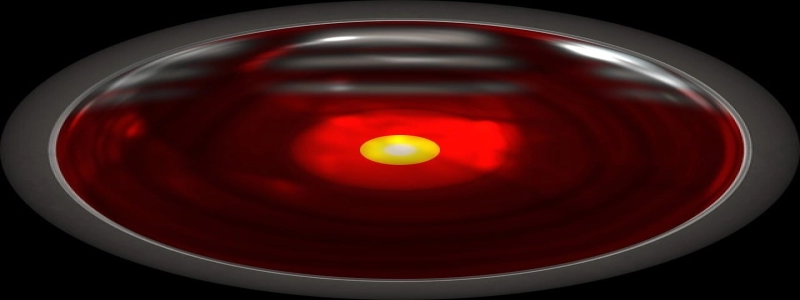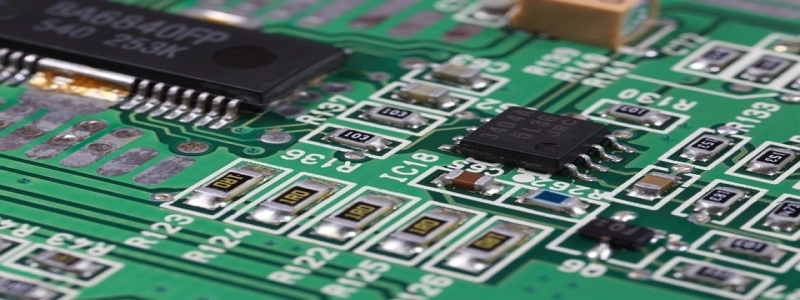DWDM Transceiver
Introduction
DWDM transceiver is a crucial component in Dense Wavelength Division Multiplexing (DWDM) systems. It plays a vital role in transmitting and receiving data over long distances by utilizing multiple wavelengths of light. This article aims to provide a detailed explanation of DWDM transceivers, including their functions, types, and benefits.
I. Functions of DWDM Transceiver
A DWDM transceiver serves the following key functions:
1. Optical signal modulation: It converts electrical signals into optical signals using a laser or a light-emitting diode (LED). This process ensures that data can be transmitted in the form of light waves.
2. Wavelength multiplexing: It combines multiple optical signals at different wavelengths onto a single optical fiber. This allows for high-capacity data transmission as several signals can be transmitted simultaneously.
3. Signal amplification: It amplifies the optical signals before they are transmitted over long distances. This ensures that the signals maintain their integrity and quality, reducing the need for signal regeneration.
4. Optical signal demodulation: It converts the received optical signals back into electrical signals. This step allows for the extraction of data from the received signals.
II. Types of DWDM Transceiver
DWDM transceivers can be categorized into different types based on their form factors and transmission speeds. Some commonly used types include:
1. Small Form-Factor Pluggable (SFP): SFP transceivers are compact and hot-pluggable modules that support data rates up to 10 Gbps. They are commonly used for short to medium-distance DWDM applications.
2. XFP: XFP transceivers are hot-pluggable modules that support data rates up to 40 Gbps. They provide higher bandwidth capabilities compared to SFP transceivers, making them suitable for long-distance applications.
3. CFP: CFP transceivers are larger and support data rates up to 100 Gbps. They are commonly used for high-capacity, long-haul DWDM networks.
III. Benefits of DWDM Transceiver
DWDM transceivers offer several benefits, making them an essential component in modern communication networks. Some key benefits include:
1. High data capacity: By multiplexing multiple wavelengths onto a single fiber, DWDM transceivers enable high-capacity data transmission. This allows for the efficient utilization of network resources and increased data transfer rates.
2. Long-distance transmission: DWDM technology allows for the transmission of data over long distances without the need for frequent signal regeneration. This reduces costs and ensures reliable data transmission.
3. Scalability: DWDM transceivers can be easily integrated into existing networks, making them highly scalable. They can accommodate additional wavelengths as the network demand increases, without requiring major infrastructure upgrades.
4. Cost-effectiveness: By maximizing the utilization of optical fiber infrastructure, DWDM transceivers help reduce the cost per bit of data transmission. They enable network operators to transmit more data without the need for additional fibers or equipment.
Conclusion
In conclusion, DWDM transceivers are crucial components in DWDM systems, enabling high-capacity, long-distance data transmission. With their various functions, types, and benefits, DWDM transceivers play a vital role in the advancement of modern communication networks.








